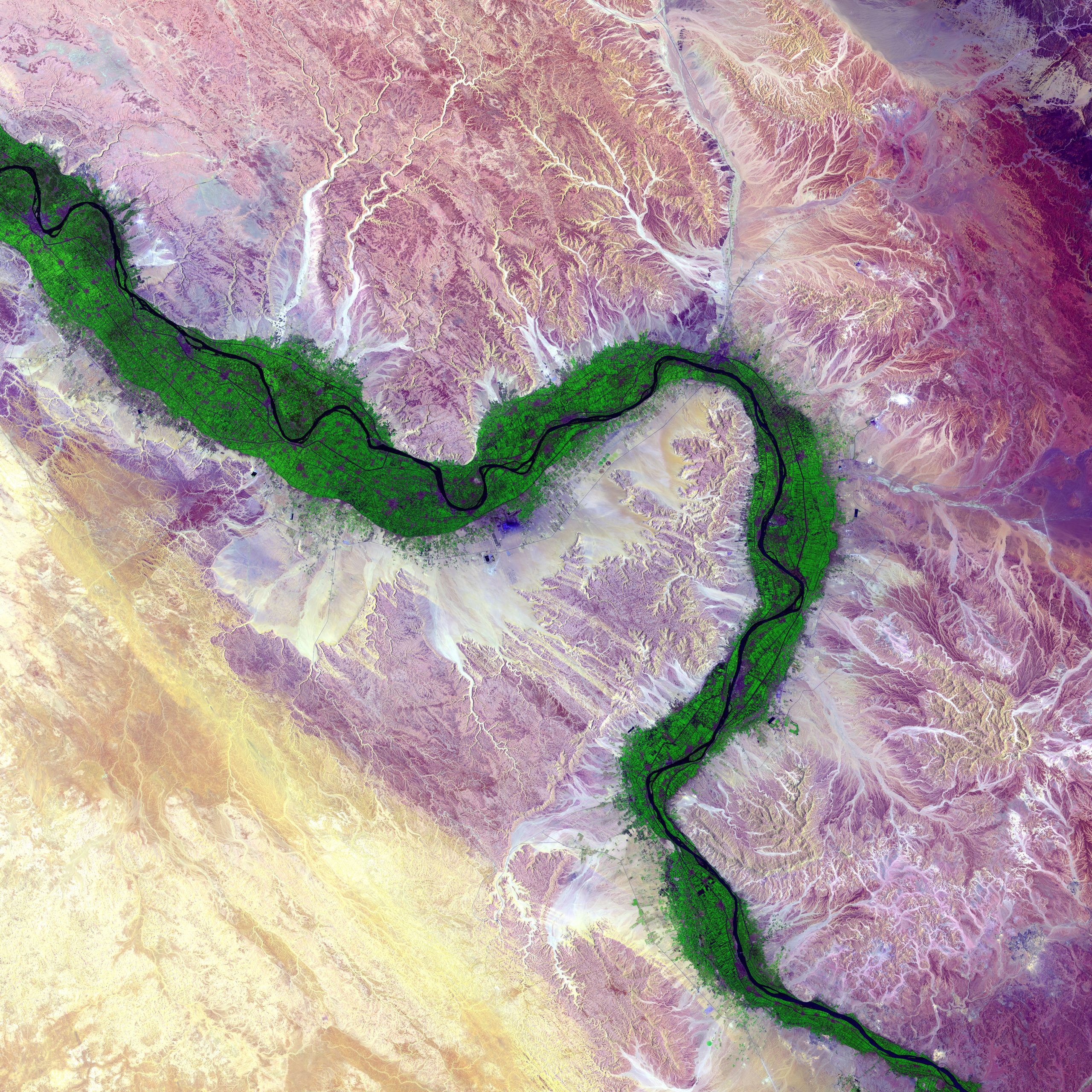Ethiopia has nearly completed the Grand Ethiopian Renaissance Dam (GERD)—the largest dam in Africa capable of generating vast sums of clean electricity. The GERD, however, sits upon the Nile’s main tributary and threatens the water security of the Nile’s lower riparian nations, like Sudan and Egypt. Management of Nile resources is further complicated by the fact that there is no treaty binding all Nile riparian nations. Rather, a convoluted scheme of agreements creates a patchwork of water rights that stretch back to the colonial era. This article analyzes Egypt’s claim to contended water rights established in two treaties ratified in the first half of the Twentieth Century. First, analyzing whether Egypt’s contended water rights establish binding duties on Ethiopia’s management of the GERD through any existing treaty; and then, analyzing whether Egypt might establish binding water rights through doctrines of customary international law, specifically the equitable utilization doctrine and the no-harm doctrine.
The Denver Journal of International Law & Policy is one of the oldest international law journals in the United States and is ranked internationally. It is managed and edited by students at the University of Denver Sturm College of Law.


